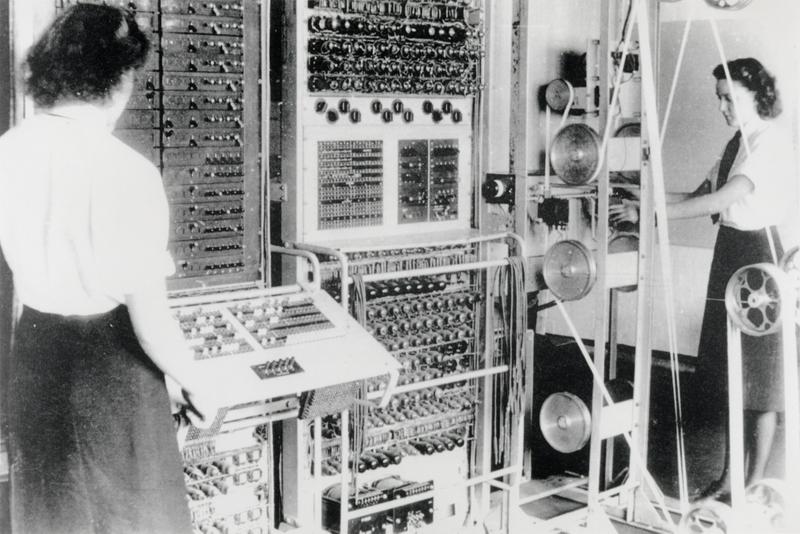Tracking Devices: Is Big Brother Watching You?
By | November 16, 2018

Down through history, there has always been some kind of need to know where someone is. However primitive it might have been in the beginning, we can certainly see today that the need to know has certainly progressed.
Back in 1943-1945, Colossus became the world’s first electronic programmable computer. Designed by a research telephone engineer to solve a mathematical problem, who knew then what it would lead to in the future? The first one of these, Colossus Mark 1 was working and in use by 1944. Colossus Mark 2 was working just in time for D-Day. There were ten in use by the end of the war. Through these humongous computers, Bletchley Park was able to allow the Allies to gain a significant amount of high-level military intelligence by intercepting messages between the Germans and their commanding armies. Because of their beneficial use, it was a best-kept secret until the mid-1970s. It’s hard to imagine that something this huge has been reduced down to the small sizes of computers that we have today.


Whether we really “need” to know or not, we now have the capability to know where someone is day or night, how long they have been there and possibly even the reason why they were there. Starting in 1996, President Bill Clinton decided that not only the military should have this technology, but also citizens. It began with fleet managers, which was very useful for them because it helped them to be able to avoid major traffic jams, roadblocks and bad weather, but most of all, it helped to improve shorter driving times and increased deliveries. Because it was so expensive to implement, it took a while before the average everyday citizen could afford this technological device.

Now, almost everybody has some type of GPS system in their automobile. We can just put in an address for the location that we are going and the device will lead us there through maps, directions and even voice directions. Occasionally, though, the device somehow gets a miscommunication signal and will lead us down a dead-end and when you have to turn around for any reason, the voice will say “recalculating.” There are some systems out there that will even let you change the phrasing to your own personalized phrases.

GPS can also be accessed through your cell phone via a chip. Not only can you use it to get to your destination, but you can also use it to locate the nearest restaurant, gas station, hotel or any other type of establishment you are in need of. You don’t even have to be in your vehicle to use this technology. You can be walking, biking, or sitting in the comfort of your home or hotel. Besides finding specific destinations that you are looking for, through apps such as Life360, you can track others or they can track you within your circle of family or friends. This is especially helpful to keep track of children or spouses to give you peace of mind, knowing where they are at any given time, or if you need to reach them.

Besides GPS for automobiles, some people want to track their health goals. With devices such as the Fitbit, you can track how many miles you walk in a day or what your blood pressure is, for example. There are all types of devices to track almost anything you want for various reasons. Many medical devices have been created to help those who have certain medical conditions that can benefit from them, possibly even saving their life.

Through personal computers, whether it be a desktop or a laptop, we now have access to all types of modern technology. Through the internet, information can be found on just about anybody, like it or not. Particularly, through social media, such as Facebook, you can find out more about a person than you even care to know. You can know where they like to eat, what kind of stores they like to shop in, what kind of entertainment they like and who they like to socialize with. Depending on how much information a person has input in the system, you can get someone’s whole life history in a matter of minutes.
Through all these methods, tracking devices through chips in our cell phones, GPS devices on our cars, or any other electronic device that we have in our possession, can be used by “Big Brother” or any interested person or persons to gain information about us. These devices can be a good thing in some cases, such as trying to track down criminals or find people who are in trouble. On the other hand, there is the matter of personal privacy that has to be sacrificed in order to implement these devices for the greater good. There are good arguments both for and against these tracking devices. Because we live in a broken society, there is no clear-cut answer that will solve the problems created by either side of the argument. What does the future hold in technological advances? What new devices will the next generation create?

